When you first start out on your resin adventure, you'll most likely use disposable plastic cups and wooden stir sticks. They're inexpensive, convenient and very easy to find. But after a while, you start to see how many of these items you are throwing away and start thinking, there has to be a better way.
And there is!
You can tell if a cup is polypropylene by the recycling symbol on the bottom of the cup.
Apart from their reusability (good for your pocket and good for the planet!), you'll also find that polypropylene stirring wands produce dramatically fewer bubbles during mixing, so switching to PP stirrers is a WIN-WIN.
Another option is to choose silicone cups and stir sticks.
Both polypropylene and silicone are safe to use with resin and because resin doesn't stick to either of them, tools made of these two materials are the ideal choice for working with resin.
Whether you choose PP or silicone cups and stirrers, you can be assured that you'll be able to use them over and over before having to replace them.
But now that you know why it makes sense to switch over to these materials, you need to know how to clean them so that they can be reused again and again.
Cleaning Mixed or Unmixed Resin from PP Stirring Wands
Keeping your mixing tools clean and ready for use is essential so that you don't get contaminants in your next batch of resin.And this is best done when the resin is still liquid (you'll understand why further down).
You'll need a square of toilet tissue and some methylated spirits (denatured alcohol) and gloves. Fold the square of toilet tissue so you have a couple of layers and wipe the resin off both sides of the stirrer.
Double a fresh square of toilet tissue and wet it with the methylated spirits. Now place the stirrer inside the layers of tissue and run it back and forth to clean off the rest of the resin.
Leave it dry for a few minutes and it's ready for re-use. Easy!
Cleaning Cured Resin from PP Stirring Wands
My preference is to not allow the resin to cure on the stirring wands. But there are times when you get distracted and forget to clean them straight away. When this happens, let the resin cure completely. You'll need to use a sharp knife to lift an edge so you can peel the resin away.Once you've got it started, you can pull the resin off. If it's thin it will probably tear so you might have to do this a few times to completely clean it off. And this is why it's best to clean the stirrer whilst the resin is still liquid.
Nevertheless, this method works and will return your stirrer to good condition so that it's ready to re-use.
Cleaning Resin from Silicone Stirrers
There's nothing to stop you from cleaning silicone stirrers whilst the resin is still liquid but I'm always cautious about using alcohol on silicone because it can dry the silicone out and that will shorten the life of the silicone. I also find that lint from the tissue can stick to the silicone after cleaning. But if you need to use the silicone stirrer again straight away and you have bits of lint left behind, you can clean the fluff off easily with a piece of adhesive tape.
My preferred method for cleaning silicone tools is to let the resin cure on the silicone. Cured resin is easy to remove from silicone which is why it makes such a good mould material.
Here's how I do it:
Leave the stirrer standing upright in the cup to cure. Once the resin has cured, squeeze the sides of the cup to release the resin.
Remove the stirrer and the resin from the cup.
Here's how I do it:
Leave the stirrer standing upright in the cup to cure. Once the resin has cured, squeeze the sides of the cup to release the resin.
Remove the stirrer and the resin from the cup.
Hold the resin plug in one hand and the stirrer in the other and wiggle it until it comes free.
If there's any resin left behind on the stirrer, press a piece of adhesive tape firmly across the resin.
Peel the tape off the stirrer and the resin will come with it.If there's any resin left behind on the stirrer, press a piece of adhesive tape firmly across the resin.
Repeat until all the resin is removed and the stirrer is completely clean. Now it's ready for your next casting session.
If you've made the switch to polypropylene or silicone measuring cups, see this article for How to Clean Your Mixing Cups.
Pin this Tip!
'Til next time.....

If you can't get enough of My Tutorials and you want even more inspiration, click here to find my books and printable pdfs



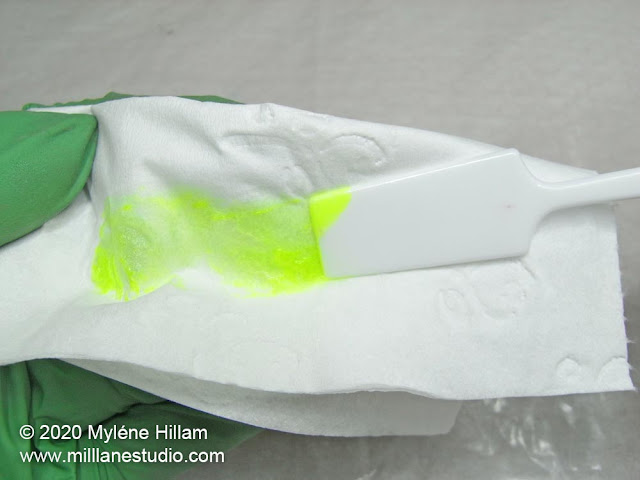
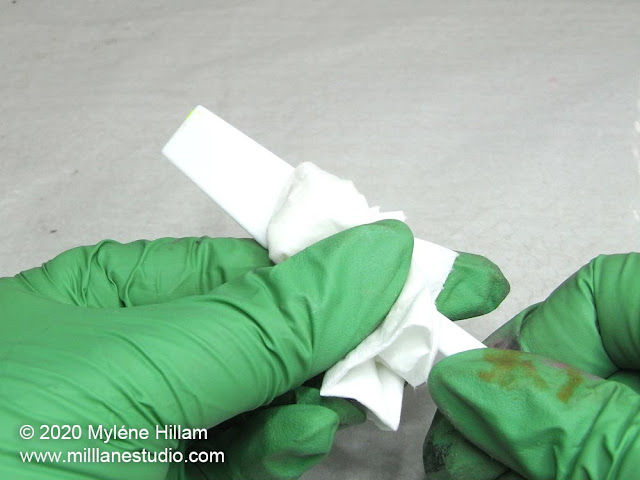
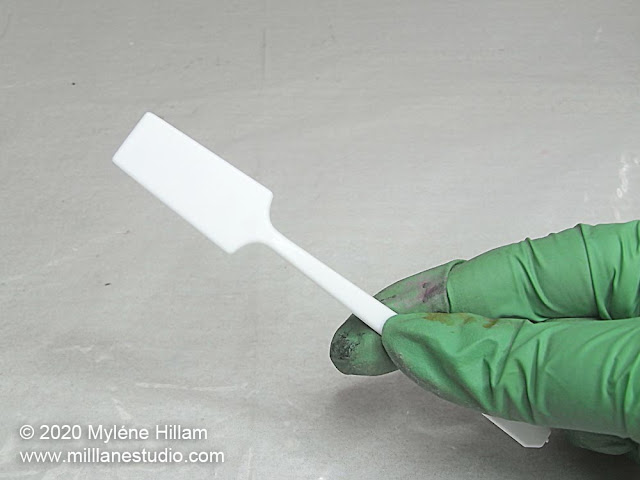
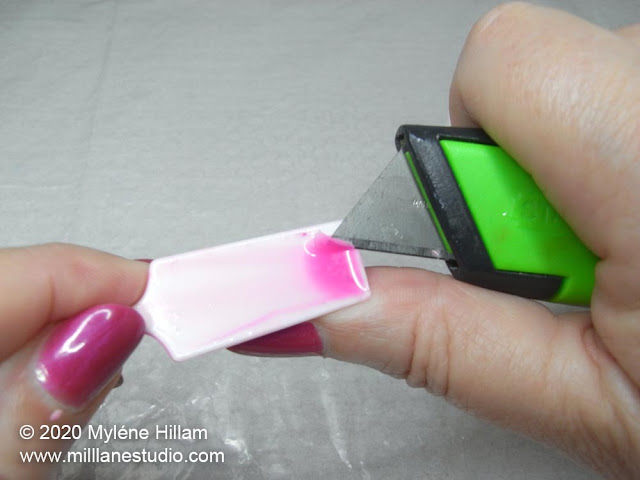
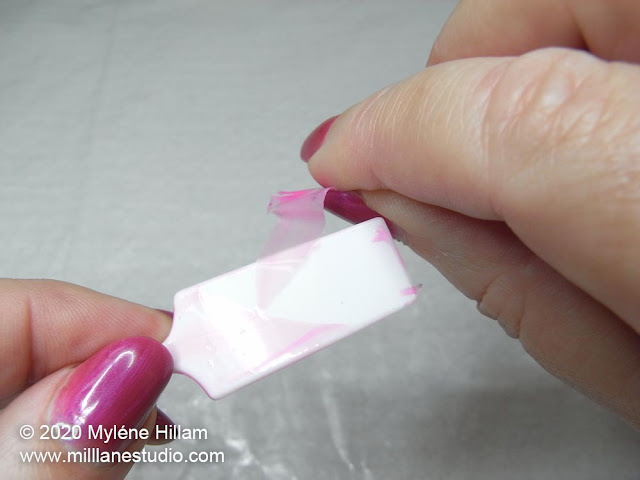
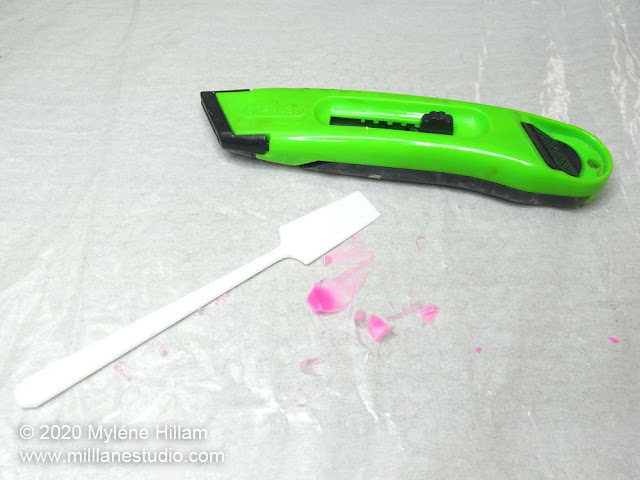
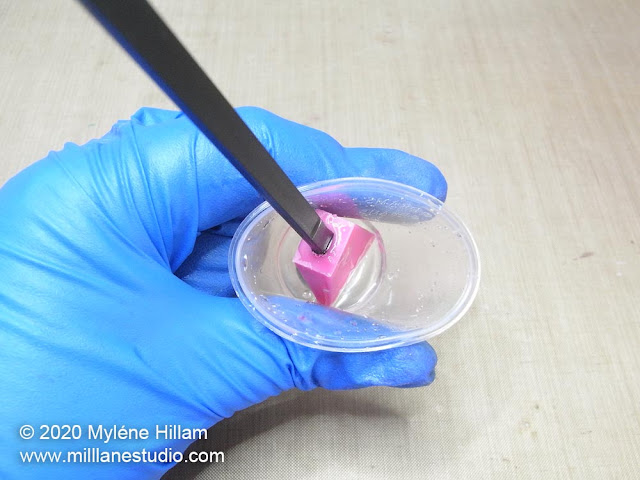
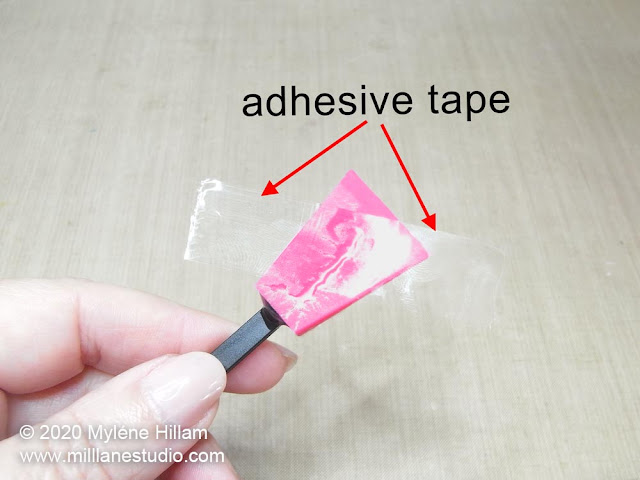
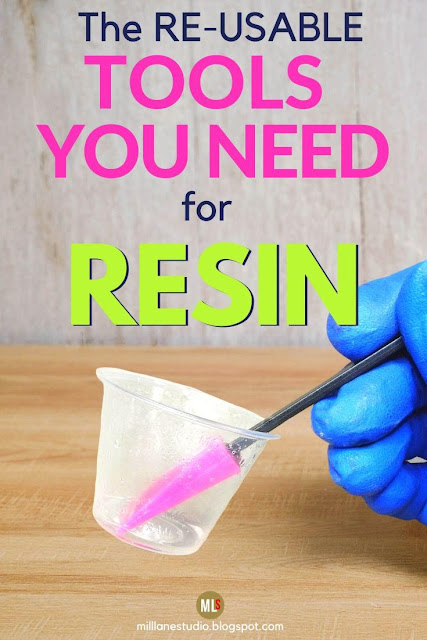

No comments
Post a Comment